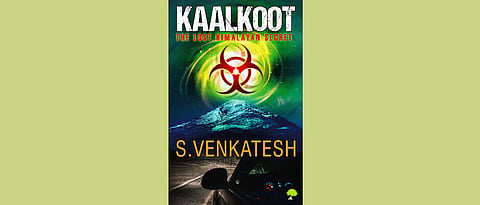

Today, we all talk about asymmetrical warfare, which in other words means ‘unconventional warfare’, where strategies may not be necessarily militarised’. That includes a scary area known as biological warfare, which involves ammunition you potentially have no defence from: pathogens.
Now, such warfare has been used sporadically since ancient times. While the ancient Romans used animals such as snakes and scorpions, there are examples of them using arrows tipped with faecal matter to infect wounds. In the middle ages, the Mongol armies used corpses of plague victims to subjugate the city of Caffa, which is cited as a likely source for the black death pandemic in Europe, which killed millions.
Scientists are still unsure about what the black death was. While most agree it was a now extinct strain of the plague bacteria, some opine it was a mixture of plague and other diseases like Anthrax. Again, the mortality rate was high, thanks to squalid conditions in Middle Ages, and a pathogen against which the population had no immunity.
Elsewhere, South America serves as a great example of what germs can do. The Conquistadors brought with them diseases like smallpox, which the native population had no prior exposure to, and hence, no defence. It worked far better than the conquerors’ weapons in decimating the native population.
Imagine something like that happening again. In fact, with the current international scenario, there is a high chance something like that may actually happen, and it is this that author S Venkatesh’s Kaalkoot – The Lost Himalyan Secret focuses on.
The story opens in pre-Partition India. A freedom fighter holds a deadly secret. He entrusts a young man with it, who then goes underground. Then, we return to the present. We are then introduced to a clandestine organisation which wants to ruin India. There is another super-secret government organisation, and paths of the two cross over a spy. Then we hear about the Kaalkoot.
For those who don’t know much about Indian mythology, Kaalkoot was the poison which Krishna survived. But since it is mythical, there exists a lot of potential to use it as a plot device, which Venkatesh does nicely. I don’t know whether there is a sequel, but there is mention of an even more virulent strain of the same disease. There is potential to explore that. Also, while the book whizzes along at a nice pace, parts of the ending do feel too Indiana Jones-y. But who doesn’t love a good thriller to while away the time?
